Home>Gardening & Outdoor>Landscaping Ideas>How To Kill Nut Grass In Your Lawn
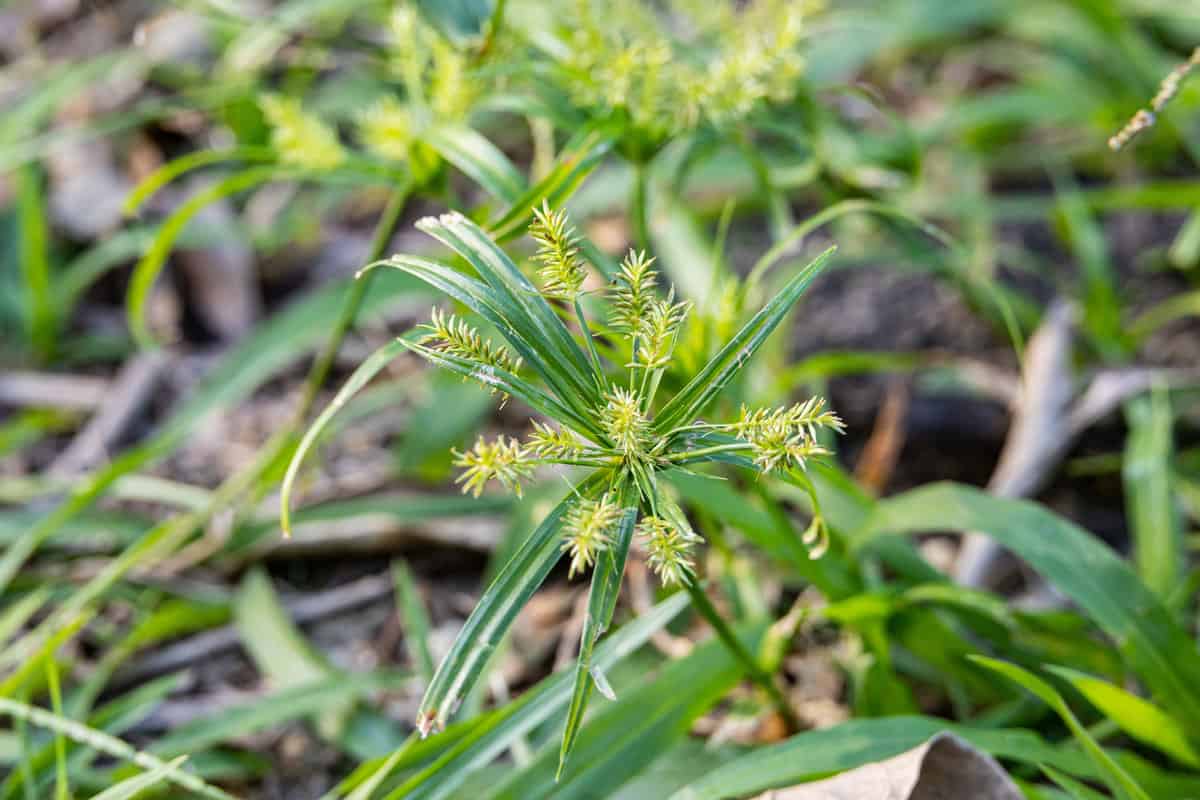

Landscaping Ideas
How To Kill Nut Grass In Your Lawn
Modified: April 21, 2024
Learn effective landscaping ideas to eliminate nut grass from your lawn. Discover expert tips and methods for a weed-free, lush lawn.
(Many of the links in this article redirect to a specific reviewed product. Your purchase of these products through affiliate links helps to generate commission for Storables.com, at no extra cost. Learn more)
Introduction
Are you struggling with nut grass invading your beautifully manicured lawn? Don't worry; you're not alone in this battle. Nut grass, also known as nutsedge, is a persistent and invasive weed that can quickly take over your lawn if left unchecked. However, with the right knowledge and strategies, you can effectively combat this pesky intruder and restore your lawn to its former glory.
In this comprehensive guide, we'll delve into the world of nut grass, exploring its characteristics, identifying methods for prevention, and discussing various techniques for its removal. Whether you're a seasoned gardener or a novice enthusiast, this article will equip you with the insights and tools needed to tackle nut grass and reclaim your lush, green lawn.
So, grab your gardening gloves and let's embark on a journey to reclaim your outdoor oasis from the clutches of nut grass!
Key Takeaways:
- Nut grass, also known as nutsedge, is a persistent and invasive weed that can quickly take over your lawn. Understanding its characteristics and implementing preventive measures can help you effectively combat this pesky intruder and restore your lush, green lawn.
- Identifying nut grass early, implementing proactive measures, and considering natural remedies can help you create an environment that is less conducive to nut grass growth, fostering the health and vibrancy of your lawn.
Read more: How To Kill Crabgrass In Your Lawn
Understanding Nut Grass
Nut grass, scientifically known as Cyperus rotundus, is a perennial grass-like weed that belongs to the sedge family. Despite its name, nut grass is not a grass at all; rather, it is a sedge that closely resembles grass in its appearance. This weed is characterized by its triangular stems, grass-like leaves, and small, nut-like tubers that develop underground, enabling it to spread rapidly and thrive in various conditions.
One of the most challenging aspects of nut grass is its resilient nature. It can adapt to different soil types, including moist and dry environments, making it a formidable foe for homeowners and gardeners. Furthermore, nut grass is known for its rapid growth, often outpacing desirable grass species and disrupting the uniformity of lawns and garden beds.
Understanding the life cycle of nut grass is crucial for effective management. Nut grass reproduces through seeds and underground tubers, which can remain dormant for extended periods, ready to sprout and infest your lawn when conditions are favorable. Even a small piece of the tuber left in the soil can regenerate into a new plant, making it a persistent and challenging weed to eradicate.
It’s important to note that nut grass thrives in areas with poor drainage, compacted soil, or excessive moisture, making it a common nuisance in lawns and garden beds. Additionally, its ability to photosynthesize efficiently enables it to grow rapidly, overshadowing desirable plants and compromising the aesthetic appeal of your outdoor space.
By gaining a deeper understanding of nut grass and its growth habits, you can develop targeted strategies to prevent its proliferation and effectively eliminate existing infestations. In the following sections, we will explore methods for identifying nut grass in your lawn, preventing its growth, and employing various removal techniques to reclaim your turf from this persistent intruder.
Identifying Nut Grass in Your Lawn
Spotting nut grass amidst your lawn can be challenging, especially for those unfamiliar with its distinct characteristics. Unlike traditional grass species, nut grass exhibits several unique features that can aid in its identification.
Here are some key traits to help you identify nut grass:
- Triangular Stem: Nut grass stems are solid and triangular in cross-section, a feature that sets it apart from the round stems of most grass species.
- Grass-Like Leaves: The leaves of nut grass resemble those of typical grass, but upon closer inspection, you’ll notice that they are arranged in sets of three, forming a V-shaped pattern.
- Distinctive Seed Head: When nut grass is allowed to grow unchecked, it produces a characteristic seed head that sets it apart from surrounding grasses. This seed head consists of small, brown, or reddish clusters that stand out against the greenery of your lawn.
- Underground Tubers: Nut grass reproduces and spreads through underground tubers, which resemble small, nut-like structures. These tubers enable the weed to propagate rapidly and make it particularly challenging to eradicate.
Identifying nut grass early is crucial for effective management. Regularly inspect your lawn for any signs of the aforementioned characteristics, especially in areas where the soil may be compacted or poorly drained. Nut grass often thrives in these conditions, so paying close attention to such areas can help you detect and address infestations before they become widespread.
Moreover, if you notice any patches of grass that grow significantly faster than the rest of your lawn or display a different shade of green, it may be an indication of nut grass infiltrating your turf. Prompt action is essential to prevent the weed from establishing a strong foothold and spreading further.
By familiarizing yourself with the distinguishing features of nut grass, you can proactively identify and address infestations, safeguarding the health and appearance of your lawn. In the next sections, we will explore preventive measures and effective techniques for removing nut grass, empowering you to maintain a lush and pristine outdoor environment.
Preventing Nut Grass Growth
Prevention is often the most effective strategy in managing nut grass infestations. By implementing proactive measures to create an inhospitable environment for this persistent weed, you can significantly reduce the likelihood of its establishment and proliferation in your lawn.
Here are several preventive measures to thwart nut grass growth:
- Maintain Optimal Lawn Health: Nut grass is opportunistic and often targets areas with weakened or stressed grass. By maintaining proper lawn care practices, such as regular mowing, adequate watering, and appropriate fertilization, you can promote the vigor of your grass, making it less susceptible to weed encroachment.
- Improve Soil Drainage: Nut grass thrives in poorly drained soil. Enhance soil drainage by aerating compacted areas, amending soil with organic matter to improve structure, and ensuring proper grading to prevent water accumulation. Well-drained soil creates a less favorable environment for nut grass to take root and spread.
- Monitor and Address Bare Patches: Nut grass often exploits bare or thin areas in the lawn. Promptly overseed or re-sod any bare patches to minimize open spaces where nut grass can establish itself.
- Regular Inspections: Routinely inspect your lawn for any signs of nut grass, especially in areas prone to moisture retention. Early detection allows for swift intervention, preventing the weed from gaining a foothold.
- Appropriate Watering Practices: Nut grass thrives in moist conditions. Practice deep, infrequent watering to encourage deep root growth in your grass while discouraging nut grass, which prefers shallow, constantly moist soil.
- Use Mulch in Garden Beds: Apply a layer of organic mulch in garden beds to suppress weed growth, including nut grass. Mulch acts as a barrier, inhibiting the emergence of weeds and maintaining soil moisture levels, thereby deterring nut grass from proliferating.
By implementing these preventive measures, you can create an environment that is less conducive to nut grass growth, reducing the likelihood of infestations and minimizing the need for extensive removal efforts. However, if nut grass has already infiltrated your lawn, it’s essential to explore effective methods for its manual removal and consider targeted herbicidal treatments, which we will discuss in the following sections.
Regularly pulling out nut grass by hand can help control its spread in your lawn. Be sure to remove the entire root system to prevent regrowth. Applying a pre-emergent herbicide in the spring can also help prevent nut grass from germinating.
Removing Nut Grass Manually
Manual removal is a labor-intensive yet effective method for combating nut grass, especially in smaller infested areas or where chemical treatments may not be suitable. By employing proper techniques, you can successfully extract nut grass and its underground tubers, mitigating its regrowth and preventing further spread in your lawn.
Here are the steps for manual nut grass removal:
- Loosen the Soil: Begin by moistening the soil to facilitate easier removal of nut grass and its tubers. Use a garden fork or trowel to gently loosen the soil around the base of the weed.
- Carefully Extract the Weed: Grasp the nut grass at its base and slowly pull it upward, ensuring that you remove the entire plant, including its underground tubers. Take care to avoid breaking the stems or leaving any tubers behind, as this can lead to regrowth.
- Dispose of the Weed: Place the extracted nut grass, along with its tubers, in a designated disposal bag. Avoid composting nut grass, as its tubers can remain viable and reintroduce the weed to your lawn.
- Monitor for Regrowth: Regularly inspect the treated area for any signs of nut grass regrowth. If new shoots emerge, promptly repeat the manual removal process to prevent the weed from reestablishing itself.
It’s important to note that consistent and thorough manual removal is crucial for effectively managing nut grass. While this method can be time-consuming, especially in larger infestations, it offers the advantage of directly targeting the weed without relying on chemical treatments. Additionally, manual removal minimizes the risk of harming desirable grass species and surrounding plants.
For persistent nut grass infestations or larger lawn areas affected by the weed, combining manual removal with targeted herbicidal treatments may yield more comprehensive and lasting results. In the subsequent sections, we will explore the use of chemical herbicides and natural remedies to tackle nut grass, providing you with a range of options to suit your preferences and the specific needs of your lawn.
Read more: What Kills Nut Grass In Lawns
Using Chemical Herbicides
When facing extensive nut grass infestations or when manual removal alone may not suffice, the strategic use of chemical herbicides can provide effective control and long-term management of this persistent weed. Herbicides formulated specifically for nutsedge can target the weed while minimizing harm to desirable grass species when applied according to label instructions.
Here are the key considerations and steps for using chemical herbicides to combat nut grass:
- Choose Selective Herbicides: Selective herbicides designed for nutsedge control are formulated to target the weed while minimizing impact on surrounding grasses. These herbicides contain active ingredients that effectively suppress nut grass without causing harm to your lawn.
- Timing of Application: Apply herbicides during the active growth stage of nut grass for optimal effectiveness. This often corresponds to the period when the weed is actively photosynthesizing and exhibiting vigorous growth.
- Follow Label Instructions: Always carefully read and adhere to the instructions provided on the herbicide label. Pay attention to application rates, recommended timing, and safety precautions to ensure effective and responsible use.
- Application Method: Herbicides can be applied using sprayers or other application tools. Ensure thorough coverage of the nut grass while avoiding overspray onto desirable plants or grass species.
- Post-Treatment Monitoring: After applying the herbicide, monitor the treated areas for nut grass response. Depending on the product used, you may observe gradual wilting and yellowing of the weed, indicating successful control.
- Repeat Applications if Necessary: In cases of persistent nut grass infestations, follow-up applications of the herbicide may be required to achieve sustained control and prevent regrowth.
It’s essential to exercise caution when using chemical herbicides and to consider alternative methods if you have concerns about their impact on the environment or surrounding vegetation. Additionally, always prioritize safety by using personal protective equipment and minimizing herbicide drift during application.
While chemical herbicides can be an effective tool in combating nut grass, it’s important to weigh their benefits against potential risks and explore natural remedies as alternative or complementary approaches to weed management. In the following section, we will delve into natural methods for addressing nut grass, offering eco-friendly solutions to maintain a healthy and vibrant lawn.
Natural Remedies for Nut Grass
For those seeking eco-friendly and natural alternatives to manage nut grass infestations, several remedies harness the power of organic ingredients and cultural practices to suppress and control this persistent weed. These natural methods offer sustainable solutions while minimizing the use of chemical interventions, promoting a harmonious and environmentally conscious approach to lawn care.
Here are some effective natural remedies for combating nut grass:
- Organic Mulching: Apply a layer of organic mulch, such as straw or wood chips, to garden beds and around landscape plants. Mulch acts as a natural barrier, inhibiting nut grass growth while promoting soil moisture retention and enhancing the overall health of your garden.
- Solarization: Utilize solarization to control nut grass in garden beds. Cover the affected area with clear plastic during the hottest months, allowing solar heat to raise soil temperatures and effectively suppress weed growth, including nut grass.
- Vinegar Solution: A solution of horticultural vinegar, when applied directly to nut grass, can desiccate and inhibit the weed’s growth. Exercise caution when using vinegar, as it can affect surrounding vegetation, and apply it selectively to target the nut grass.
- Boiling Water Treatment: Pouring boiling water directly onto nut grass can scald and weaken the weed, providing a natural and non-toxic method for control. Take care to avoid splashing the water onto desirable plants, as the high temperature can cause damage.
- Cultural Practices: Implement cultural practices that promote vigorous grass growth, such as overseeding with desirable grass species, maintaining proper mowing heights, and optimizing watering and fertilization routines. A healthy and robust lawn can outcompete nut grass, reducing its establishment and spread.
By integrating these natural remedies into your lawn care regimen, you can effectively manage nut grass while minimizing the reliance on synthetic chemicals. However, it’s important to note that natural remedies may require consistent application and a multi-faceted approach to achieve sustained control, especially in the presence of persistent nut grass infestations.
As with any weed management strategy, a combination of methods tailored to your specific lawn conditions and the extent of nut grass infestation can yield the best results. By exploring natural remedies alongside manual removal and, if necessary, targeted herbicidal treatments, you can adopt a holistic approach to nut grass control, nurturing a thriving and resilient lawn in the process.
Conclusion
As you embark on your journey to reclaim your lawn from the clutches of nut grass, you now possess a comprehensive toolkit of strategies and remedies to effectively combat this persistent weed. By understanding the unique characteristics of nut grass, identifying its presence in your lawn, and implementing preventive measures, you can proactively safeguard your outdoor oasis and minimize the risk of infestations.
Manual removal offers a hands-on approach to directly target nut grass, especially in smaller infested areas, while chemical herbicides provide effective control for extensive infestations when used responsibly and in accordance with label instructions. Natural remedies offer eco-friendly alternatives, harnessing the power of organic ingredients and cultural practices to suppress nut grass while promoting a harmonious and sustainable approach to lawn care.
By integrating these methods and tailoring them to your specific lawn conditions, you can create an environment that is less conducive to nut grass growth, fostering the health and vibrancy of your lawn. Regular monitoring, prompt intervention, and a proactive mindset are essential components of successful nut grass management, enabling you to maintain a lush and resilient outdoor space for years to come.
As you continue your journey as a steward of your lawn, remember that persistence and a multi-faceted approach are key to effectively managing nut grass. By staying informed, proactive, and adaptable in your weed control efforts, you can nurture a thriving and visually appealing lawn that serves as a testament to your dedication and horticultural expertise.
Armed with the insights and strategies outlined in this guide, you are well-equipped to face the challenges posed by nut grass and transform your lawn into a verdant sanctuary that brings joy and tranquility to your outdoor living space.
Frequently Asked Questions about How To Kill Nut Grass In Your Lawn
Was this page helpful?
At Storables.com, we guarantee accurate and reliable information. Our content, validated by Expert Board Contributors, is crafted following stringent Editorial Policies. We're committed to providing you with well-researched, expert-backed insights for all your informational needs.
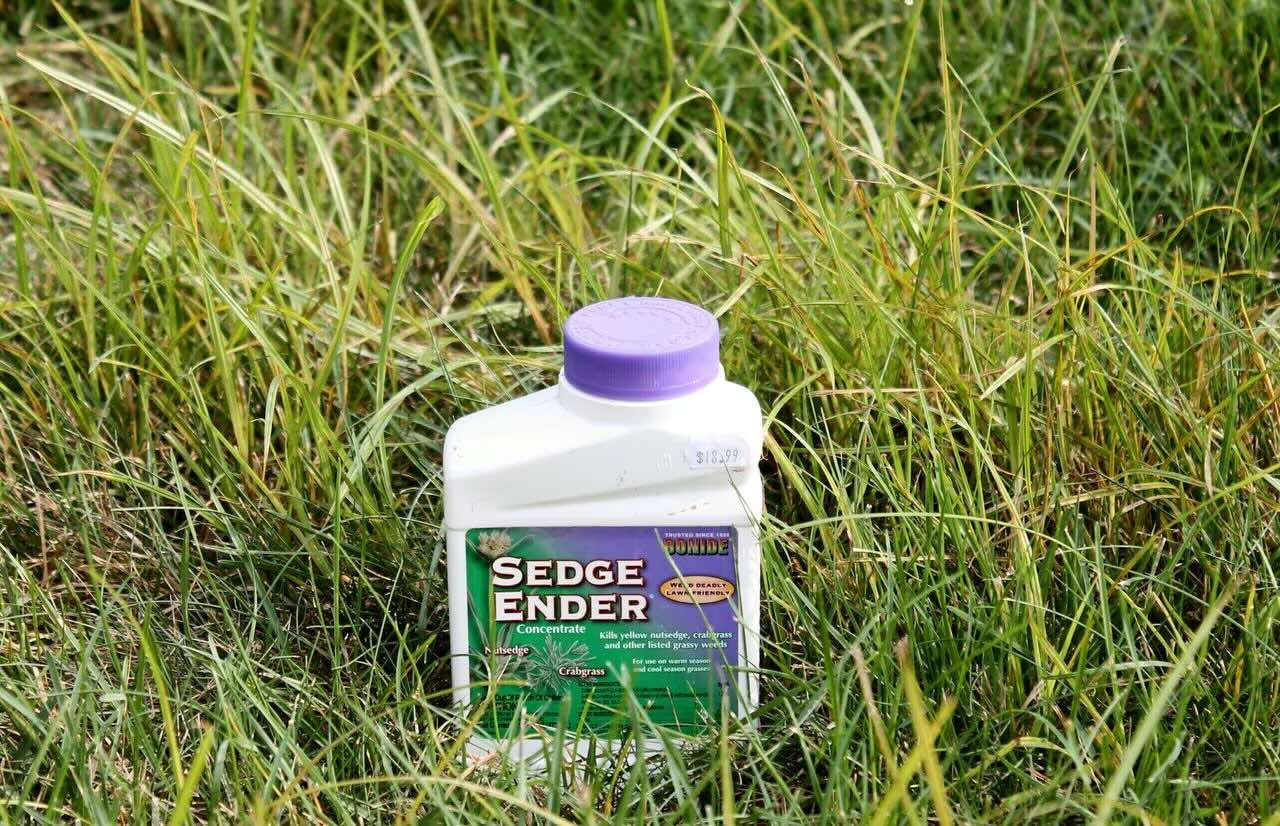
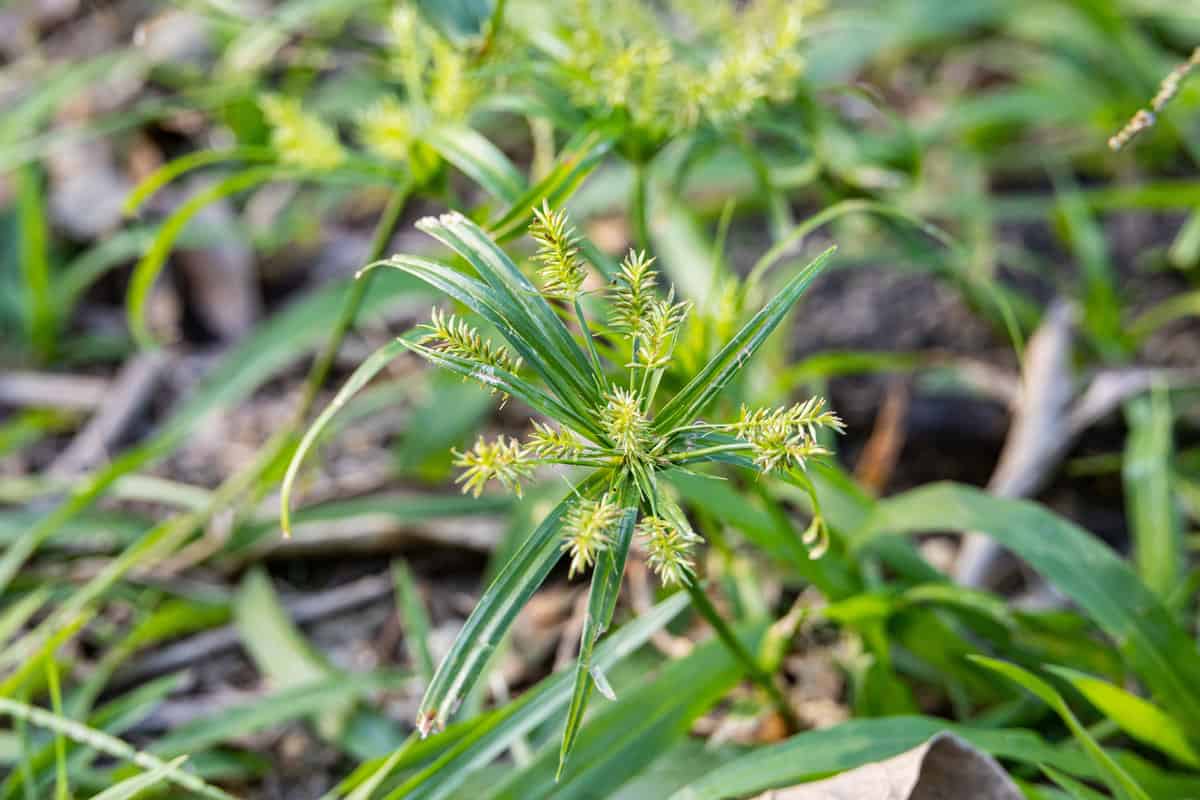
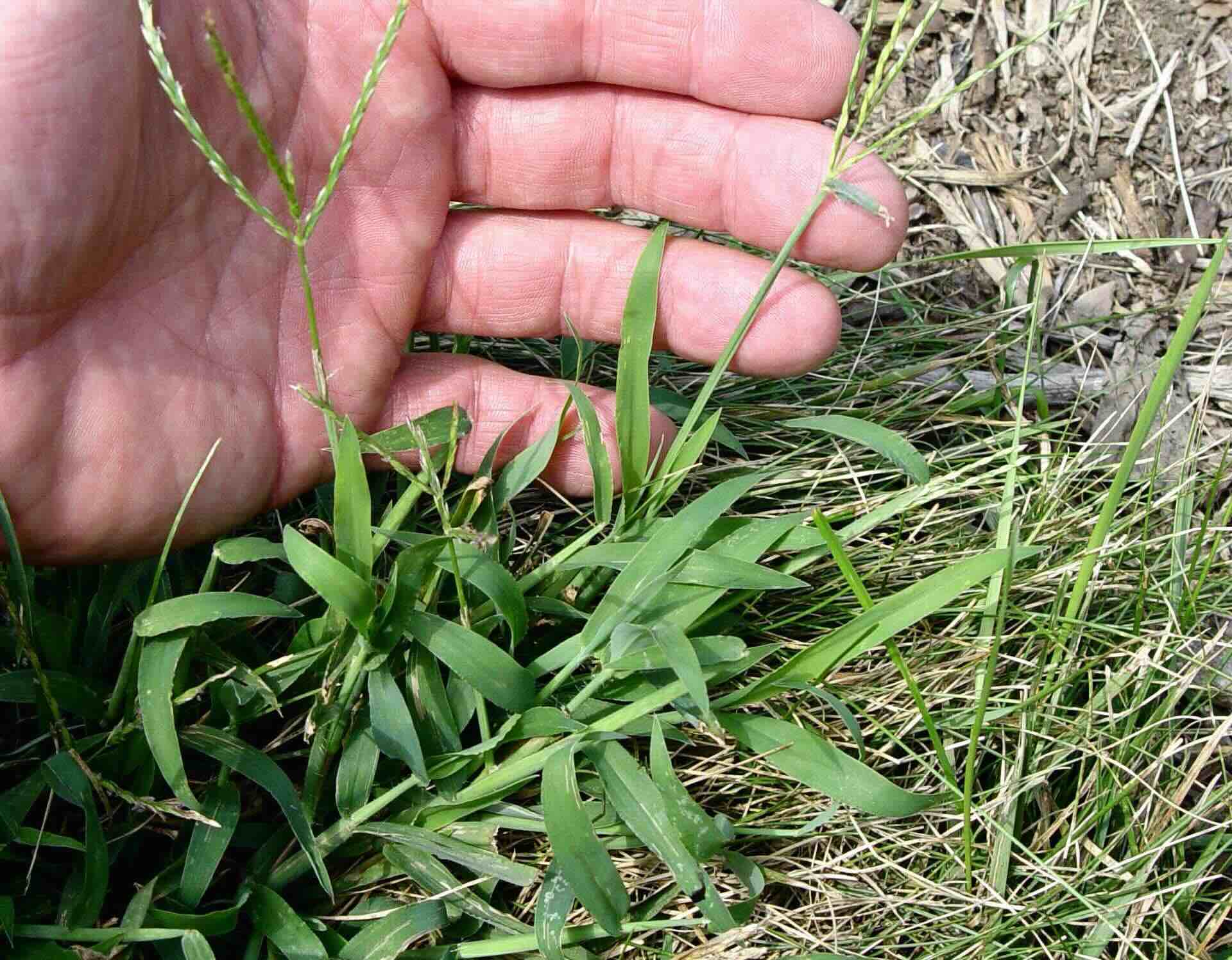
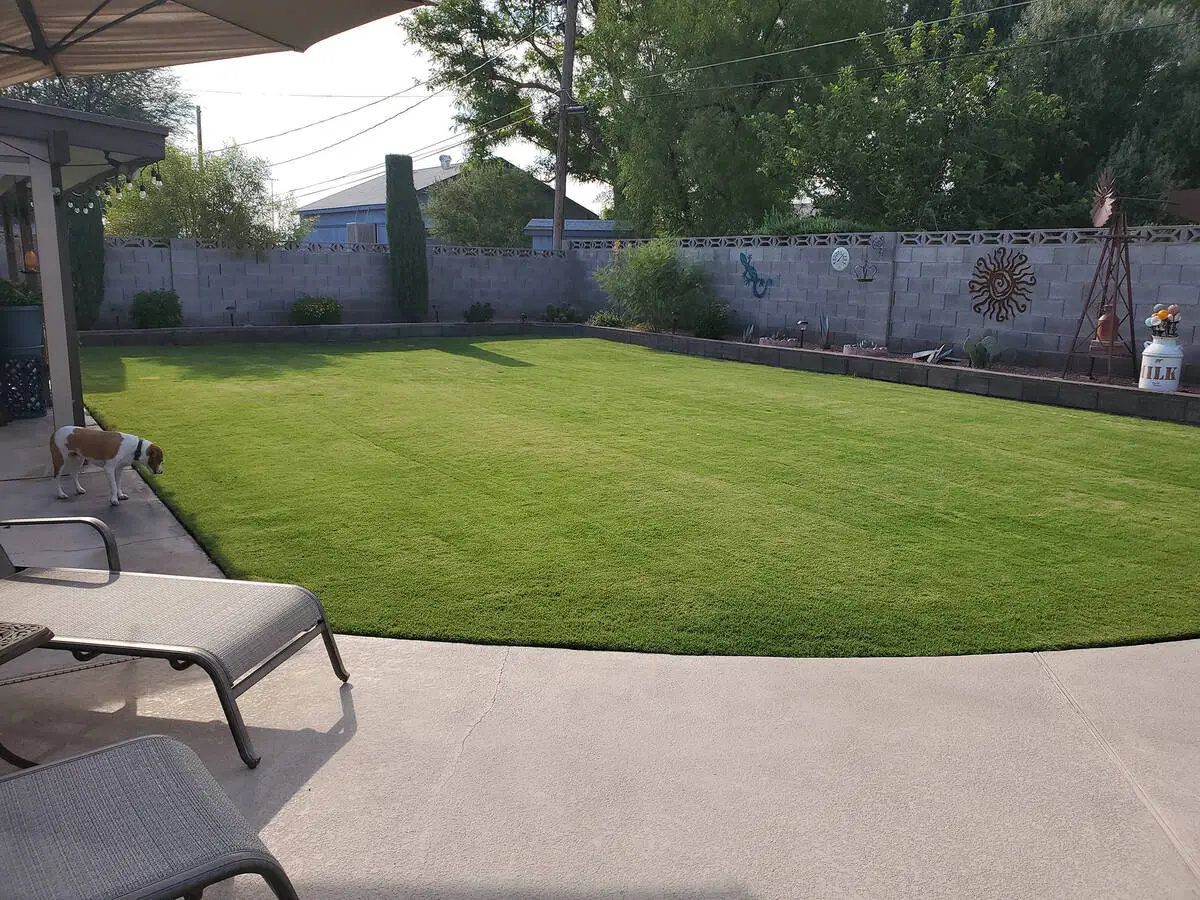
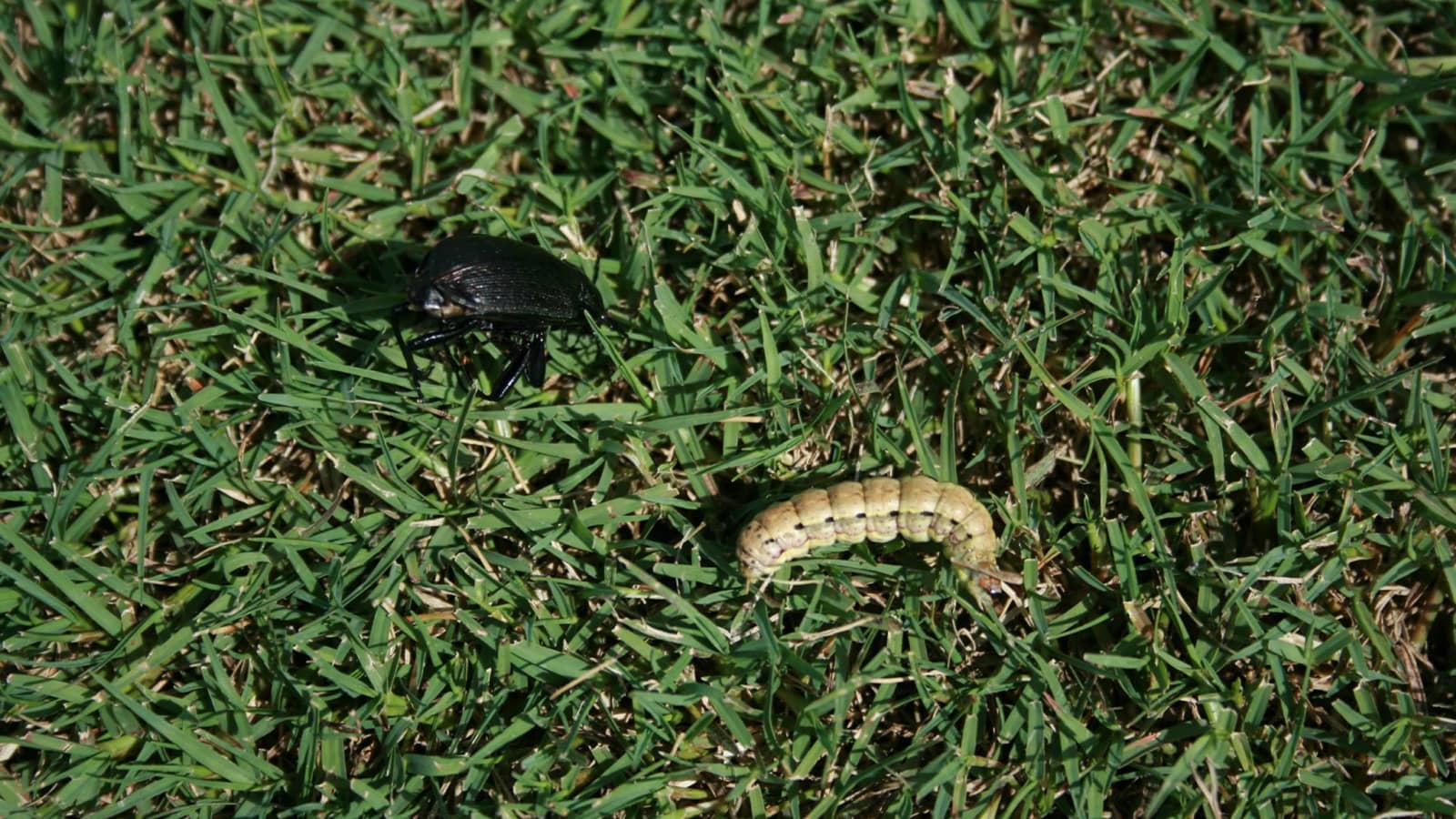
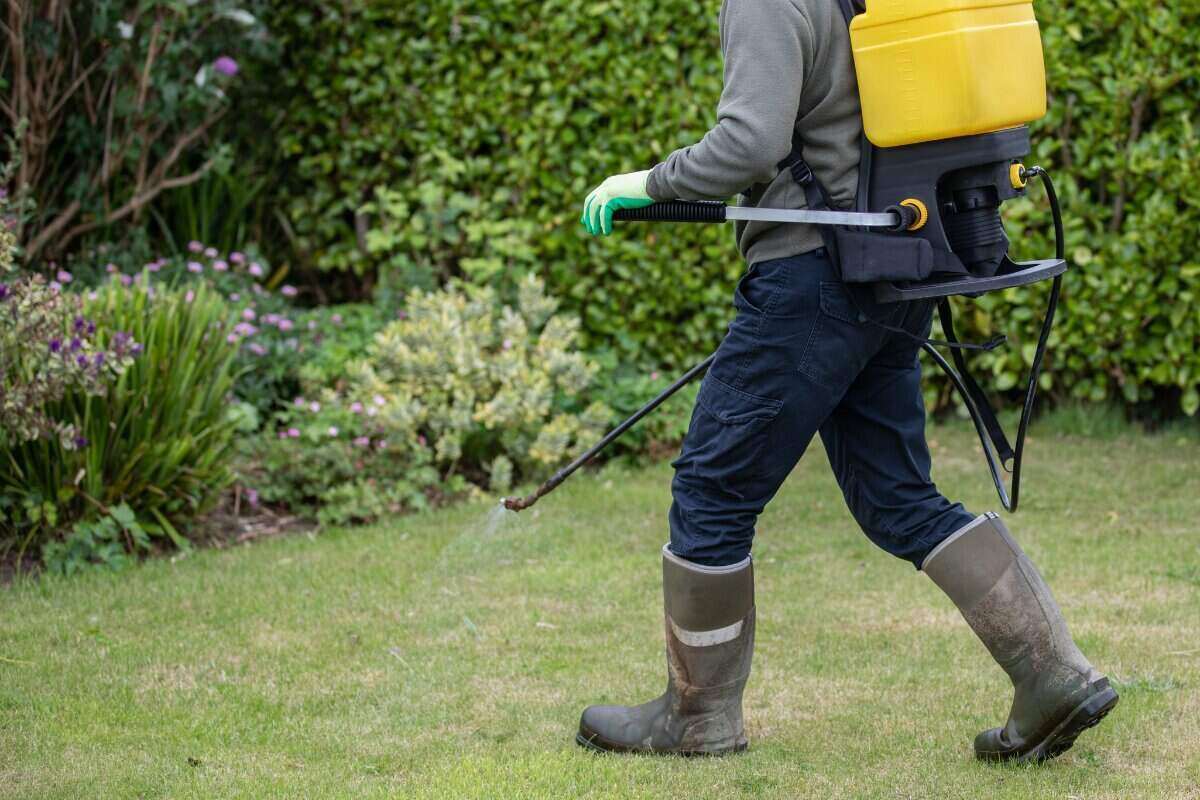
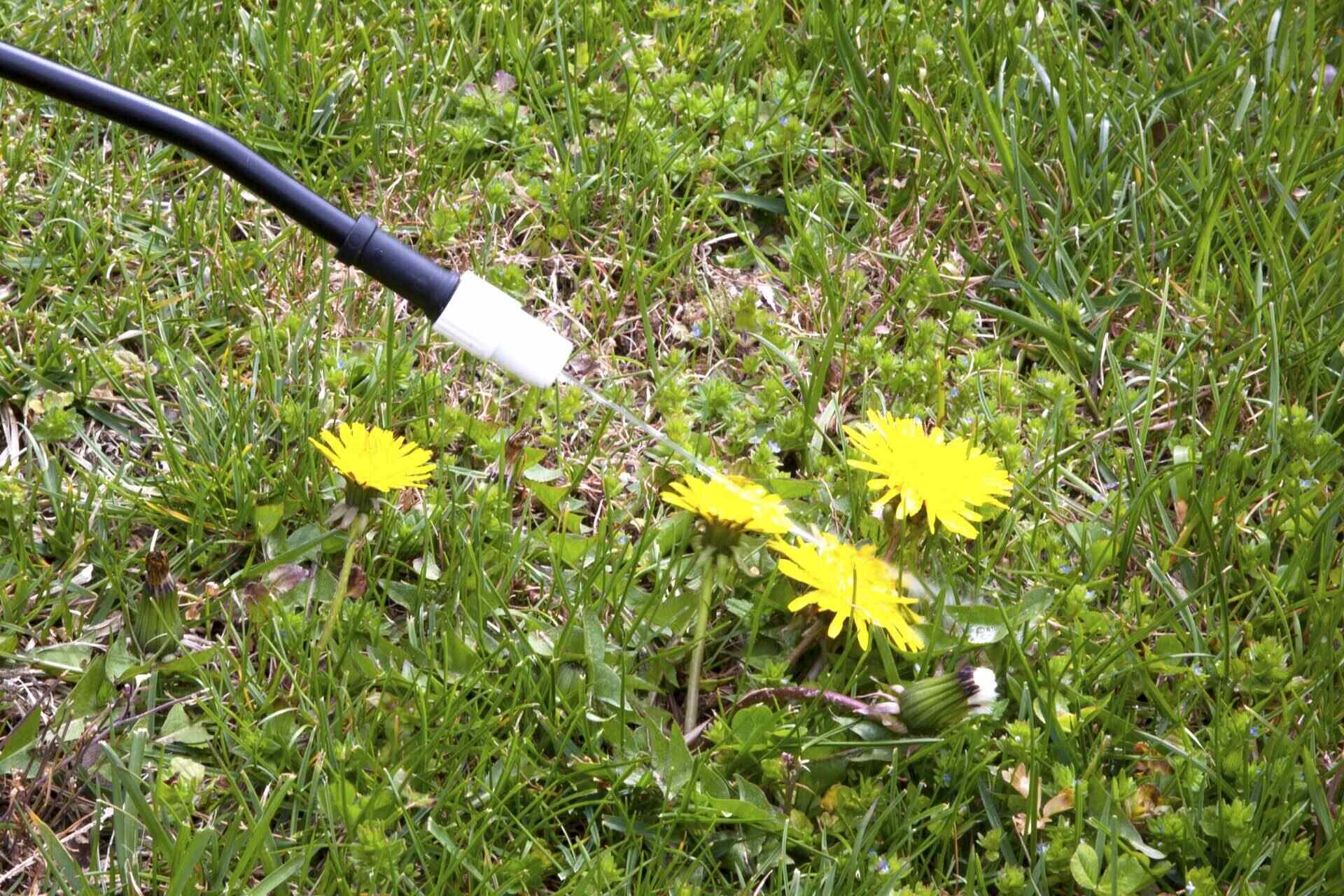
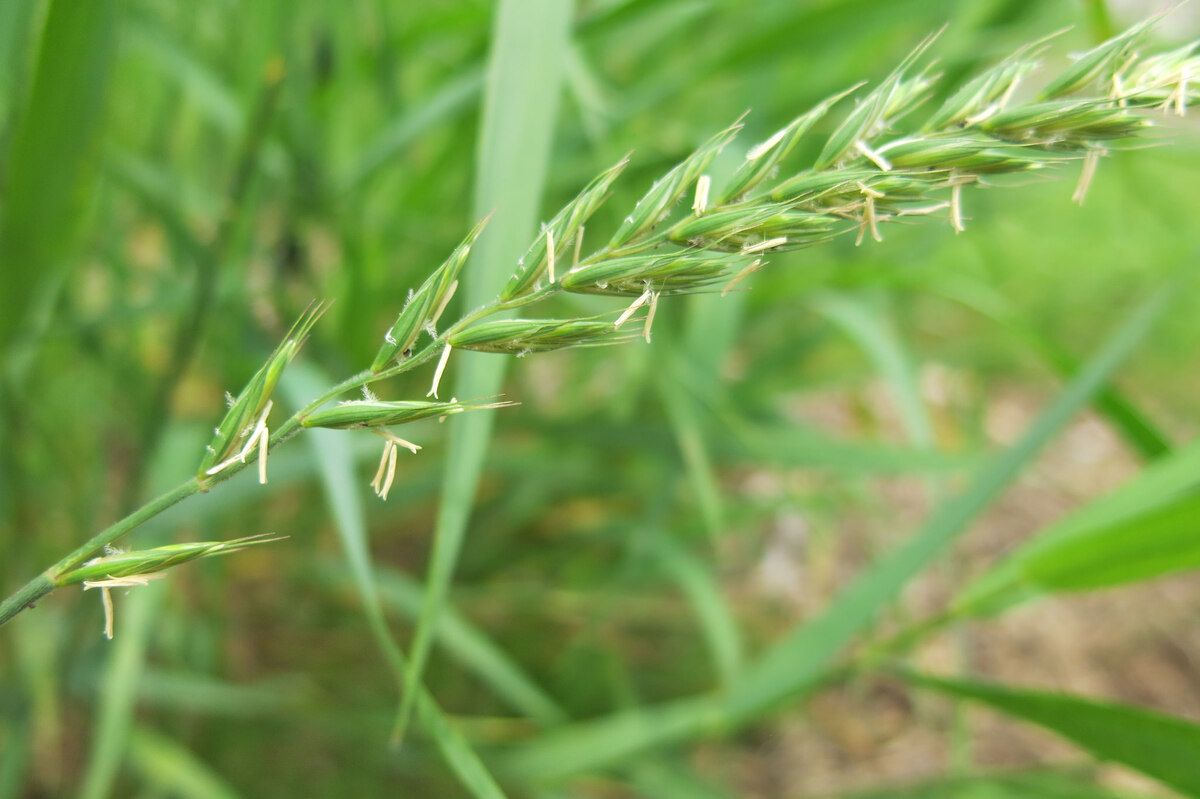
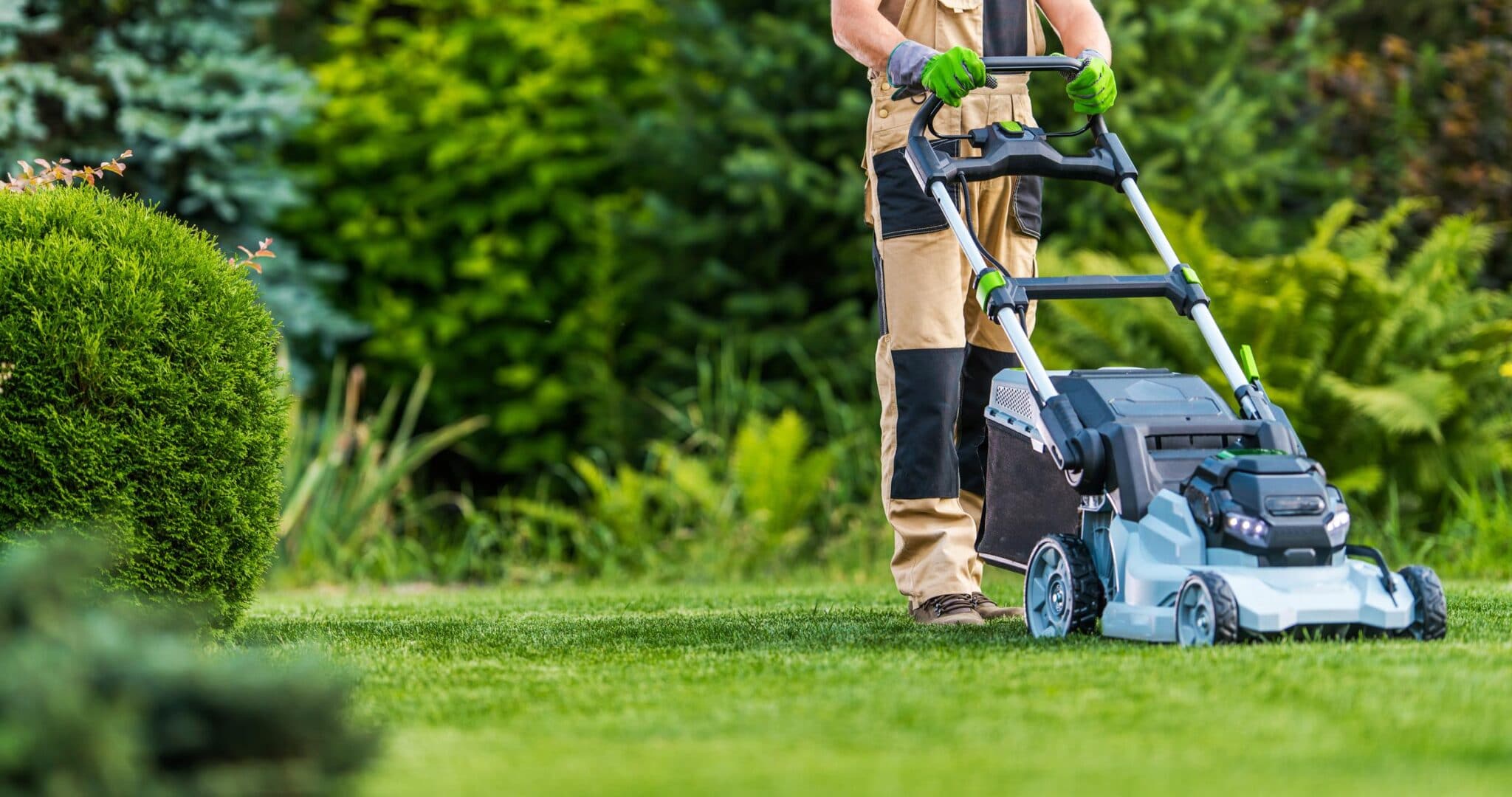
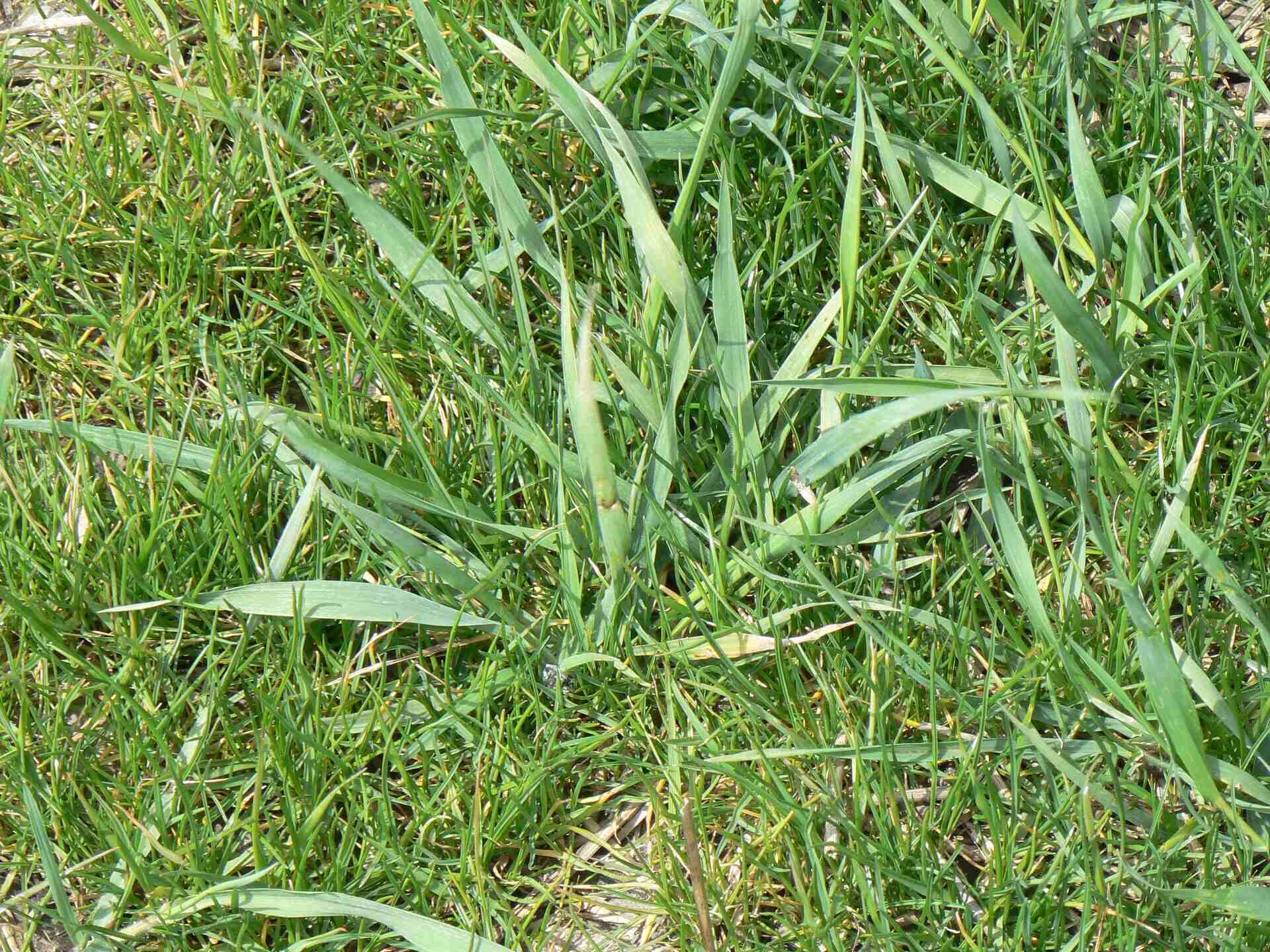
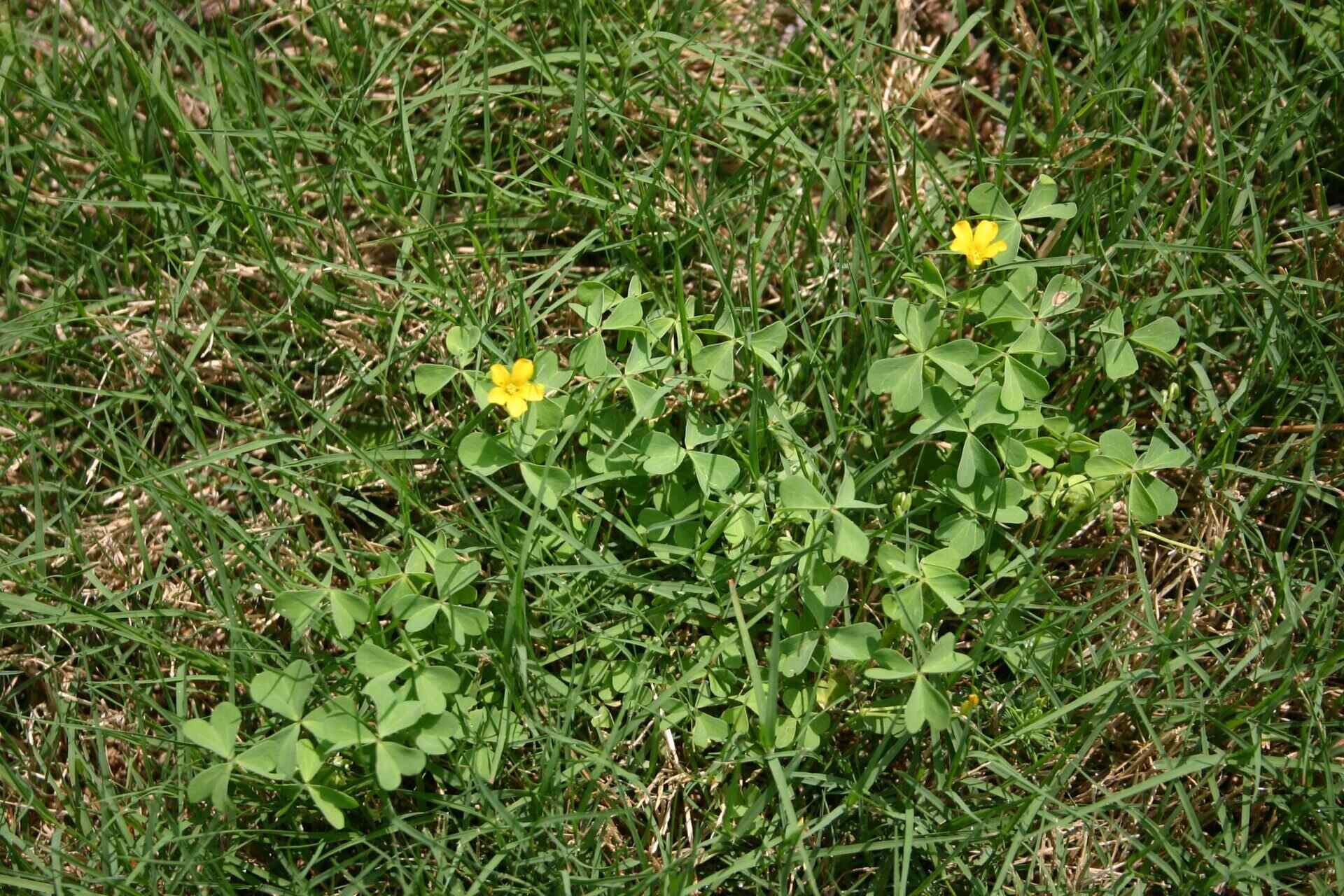
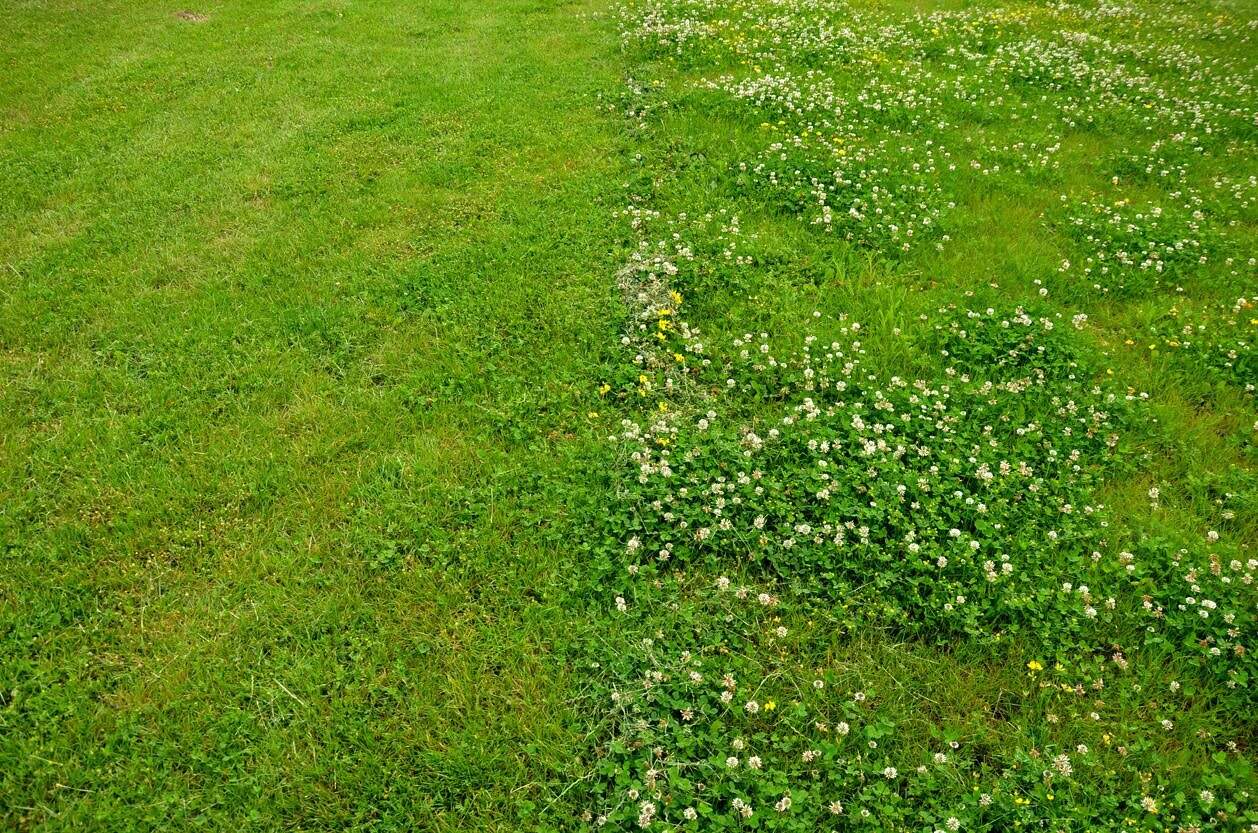
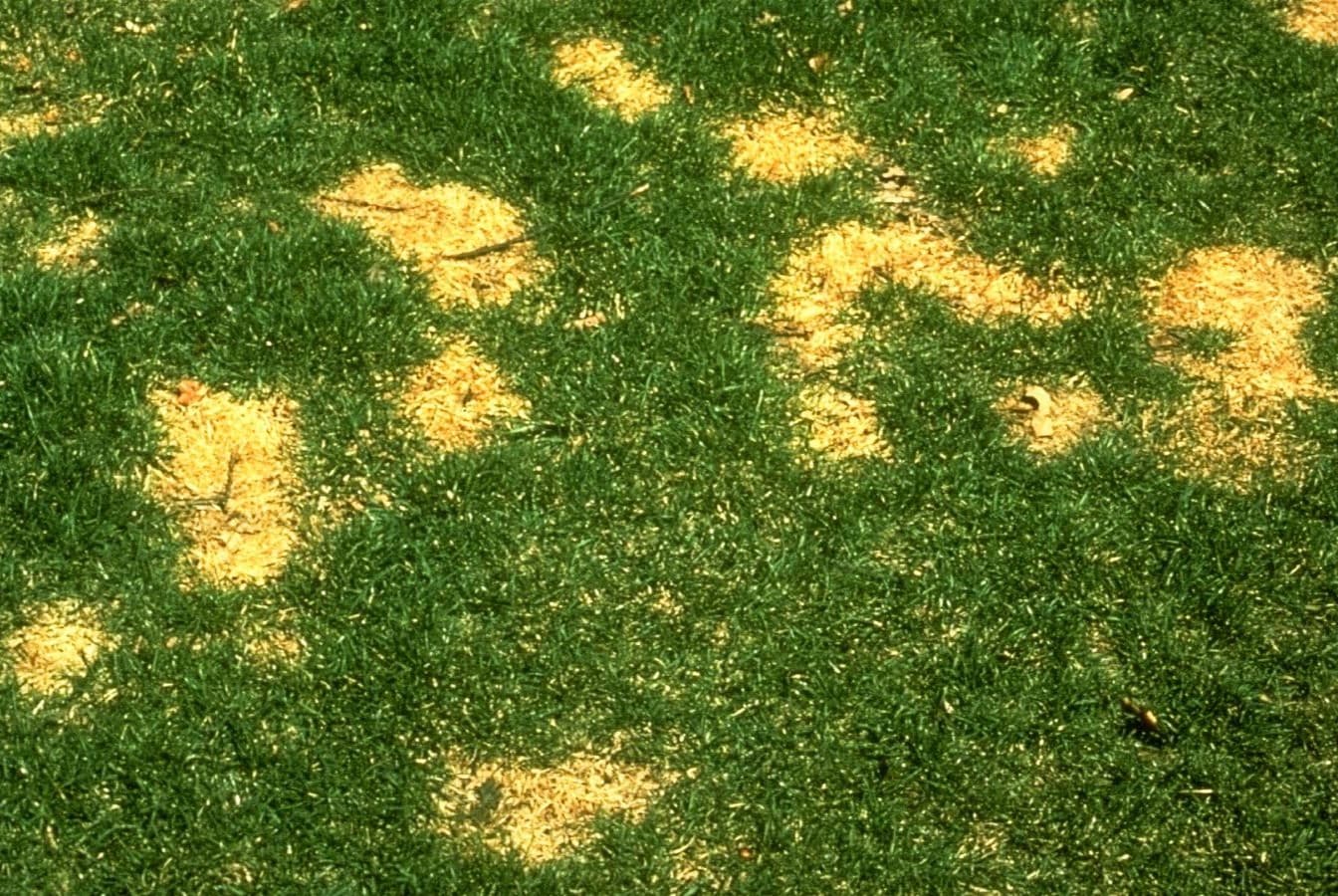
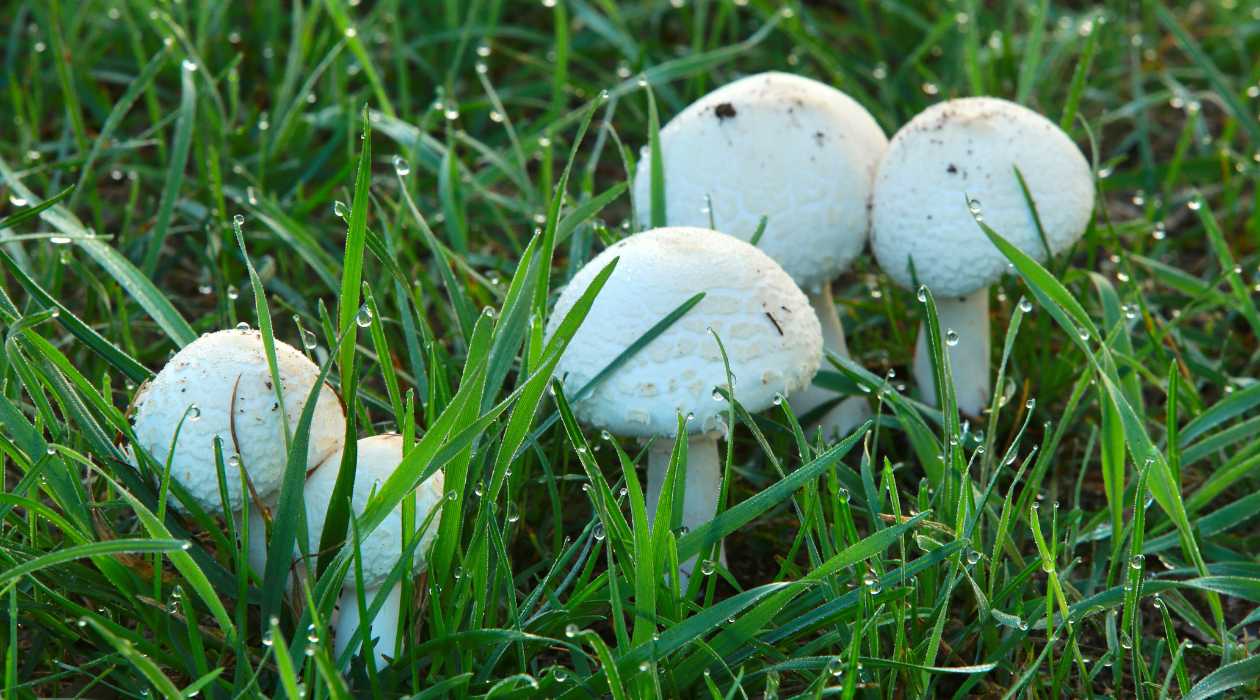

0 thoughts on “How To Kill Nut Grass In Your Lawn”